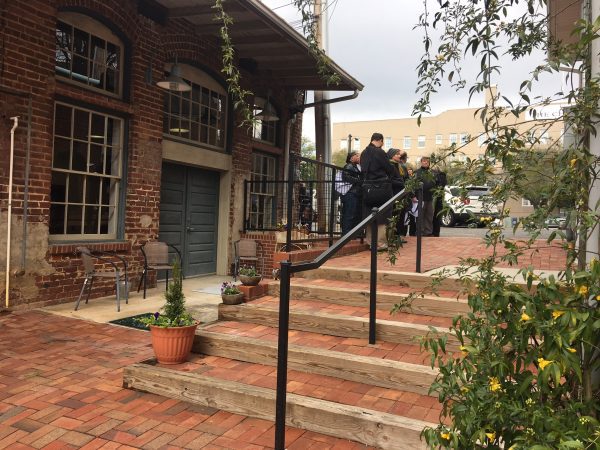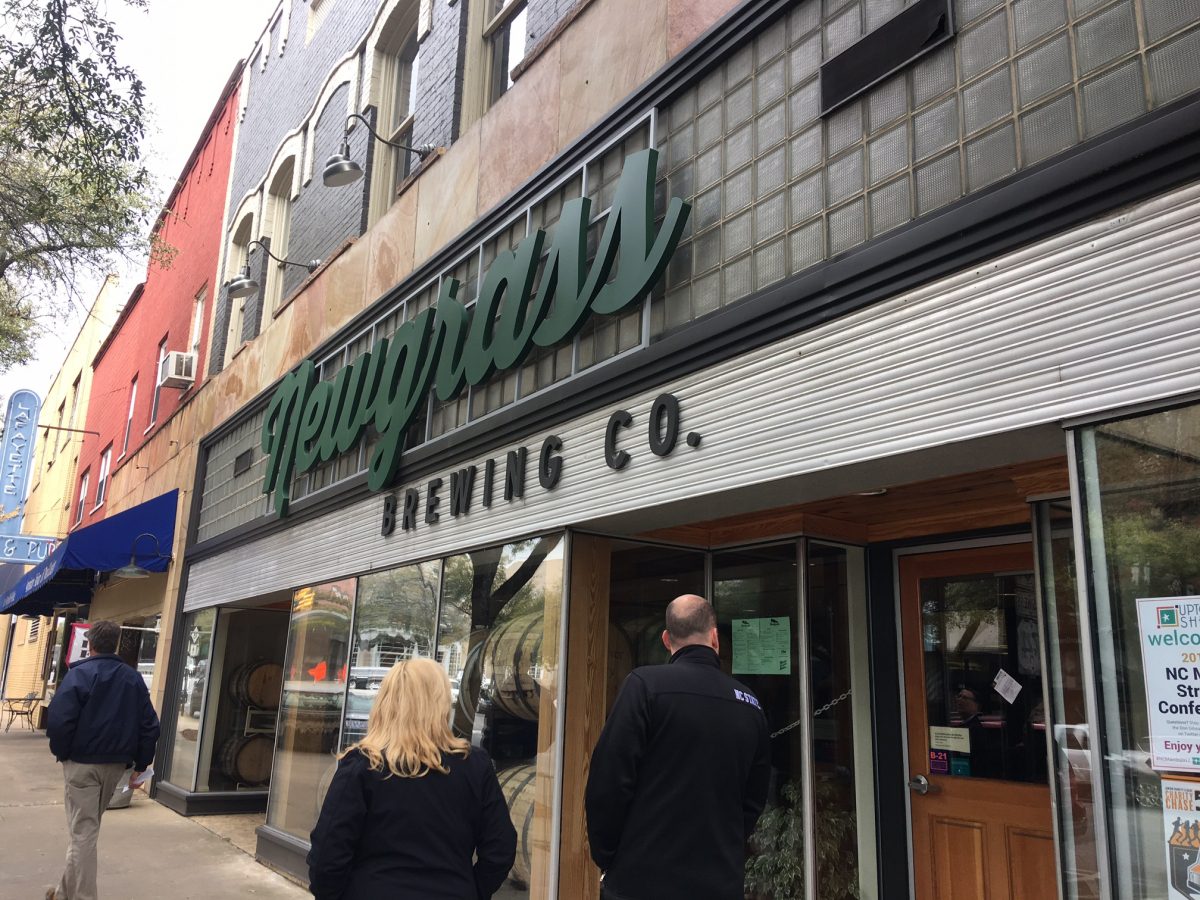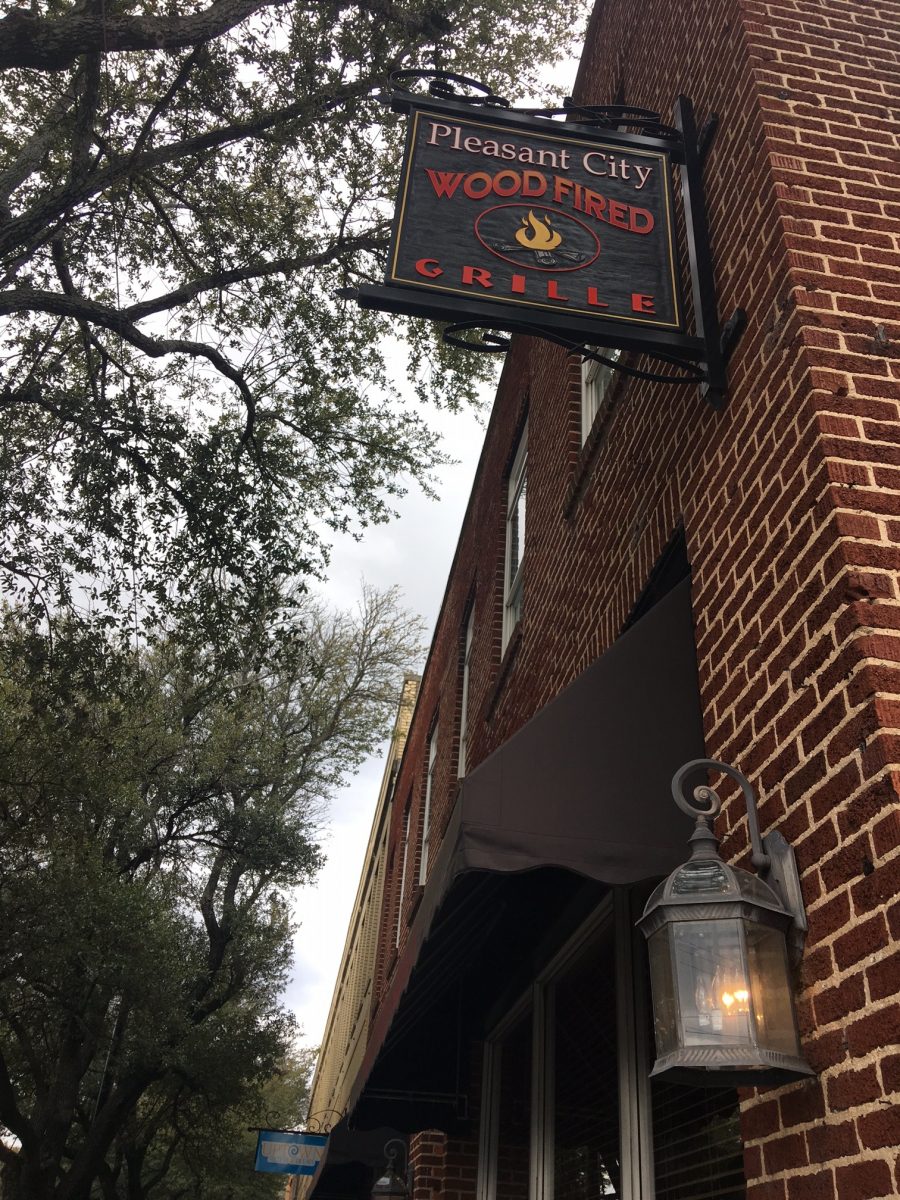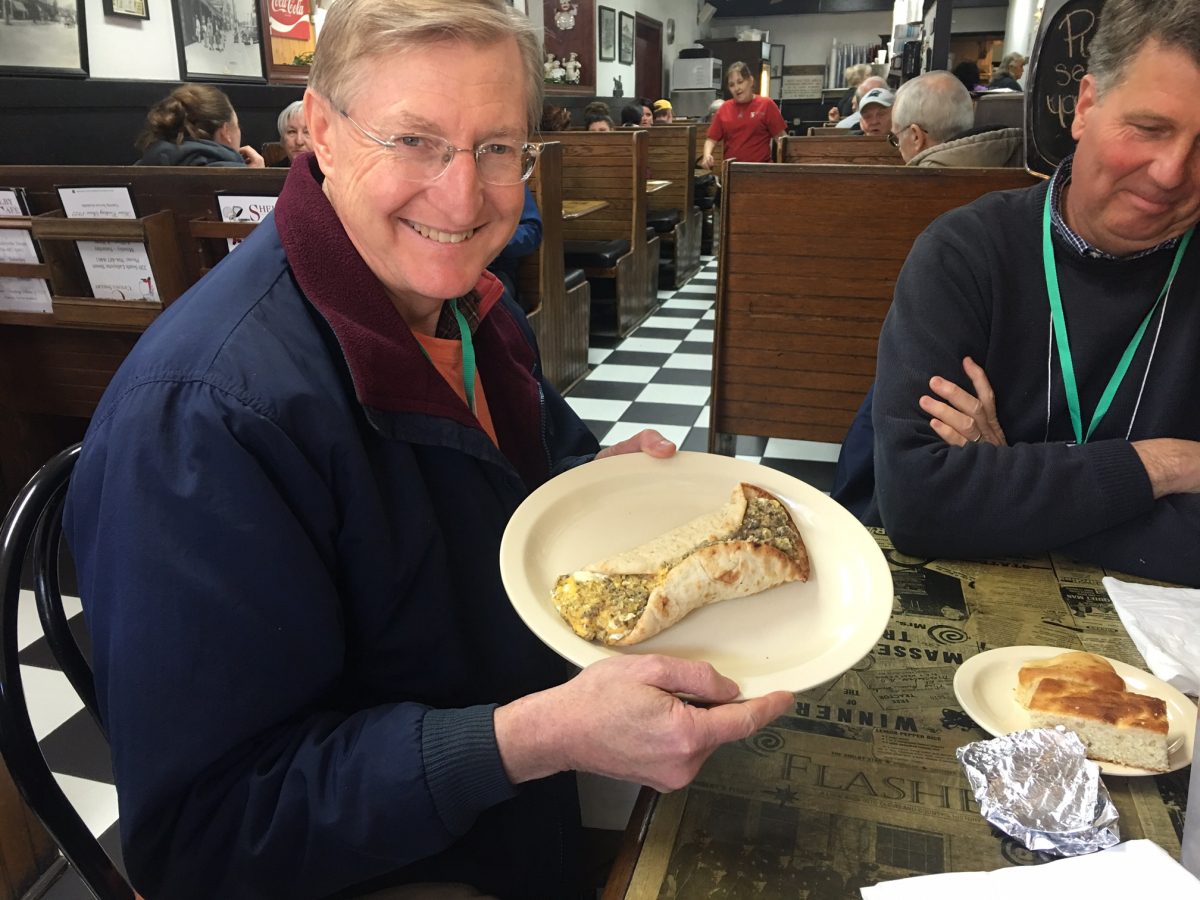When downtowns come alive again

SHELBY — If you’re thinking downtowns are dead, you haven’t been paying attention lately.
I recently got an earful of downtown success stories from some of North Carolina’s smaller cities and towns, where residents have worked hard for decades to bring life back to once-hollow downtowns.
The occasion was the annual North Carolina Main Street conference. The Main Street program, part of the N.C. Department of Commerce, has worked since 1980 to assist downtown revitalization efforts in communities of 50,000 people or less. The Small Town Main Street Program works with towns of up to 5,000.
A conference of some 500 people met in Shelby, 45 miles west of Charlotte, for the annual blend of awards ceremonies and success stories as well as pep talks and strategy tips. I came away eager to take a road trip to see just about every Main Street in North Carolina.
To be sure, not all downtowns have revived after the great retreat from downtowns started in the 1950s, gained steam in the 1960s and hit its heyday in the 1970s and ’80s. Across America, from large cities to small towns, downtown stores and businesses fled to suburban areas or went belly up. Efforts to bring people back were at best modestly successful. The worst efforts were ham-handed projects that caused even more damage.
Bigger cities with larger treasuries attempted larger projects – large office towers with wind-swept concrete plazas, convention centers and sports arenas. Rock Hill in the 1970s even put a roof over its Main Street to mimic enclosed shopping malls. (It was torn down in 1993.) Some ideas were short-lived fads, such as festival marketplaces. Charlotte built one – Cityfair – which opened in 1988 at College and Sixth streets and was imploded in 1999 for an office tower.
But something shifted in the national mindset in the 1990s. In many places, America’s downtowns started to come back, even without large convention centers or stadiums. During the past decade or more, the 20th-century forces of highway-building, suburbanization and sledge-hammer zoning met a countervailing force: renewed interest in cities and downtowns.
Typically, much of the publicity about this process has gone to larger cities. But smaller places have stories to tell also.
 Newgrass Brewing Co. in uptown Shelby opened in 2015. Photo: Mary Newsom
Newgrass Brewing Co. in uptown Shelby opened in 2015. Photo: Mary Newsom
I heard about a variety of successes, but the story of Shelby itself drew the spotlight. The decade of the 2000s was especially harsh on the small foothills city. After textile mills closed post-NAFTA and other industries moved out, the crime rate soared. By 2008 Forbes magazine called it one of the three most economically vulnerable towns in the U.S.
City Manager Rick Howell described the year he arrived in town: “2005 was a tough time in Shelby. The recession of 2008 and 2009 that hit everyone else in the state – that was kind of old news for us.” Unemployment later hit 15 percent. (In January 2017 it was 5.9 percent.)
But in the midst of the 2000s slump, quiet things were happening. A major drought in 2001 had forced local government entities to cooperate to find drinking water, said former Mayor Ted Alexander. The terrible economy following the 2008 crash created another push to get occasionally squabbling local politicians and governments to work together.
The county history museum in the former county courthouse closed in 2004. In early 2006, an out-of-town consultant challenged residents to do some research, warning, as Emily Epley of the Earl Scruggs Center recalled, “If nothing changes … you’re going to see tumbleweeds blowing down the streets.” What do you have, the consultant asked, that nobody else has?
 Uptown in the “City of Pleasant Living,” Chris Canoutas opened the Pleasant City Wood Fired Grille. Photo: Mary Newsom
Uptown in the “City of Pleasant Living,” Chris Canoutas opened the Pleasant City Wood Fired Grille. Photo: Mary Newsom
To meet that challenge, a nonprofit and mostly volunteer group, Discover Cleveland County, emerged. They decided to honor two local music legends, country singer songwriter Don Gibson (“Sweet Dreams,” “I Can’t Stop Loving You,” “Oh Lonesome Me”) and bluegrass banjo pioneer Earl Scruggs. And – with grants, local gifts, a lot of volunteer help and well-timed financial help from the city’s 3 percent hotel occupancy tax – a refurbished Art Deco movie house from the 1930s became the Don Gibson Theatre. The historic courthouse was reborn as the Earl Scruggs Center.
People ask, “How do you do what you do?” Alexander said. “Cooperation.”
Rick Howell added: “We had people who were unwilling to let this community die.”
Other things were happening, incrementally. As work started on the music venues, a local son was coming home. Chris Canoutas’ father and uncles, Greek immigrants, had owned and operated the venerable Shelby Cafe for years. The younger Canoutas was living in Raleigh, until 2008, when his father called to say the downtown building that had been Ichabod’s restaurant had burned. “Just come down, I know the owners,” Canoutas recalls his father saying.
What he saw, he said, was a downtown suffering from empty buildings, but “It was a lot of empty buildings full of potential.”
Canoutas was impressed that the owner of a building that had just burned was willing to hear his idea for installing a wood-fired grill. Pleasant City Wood-Fired Grille, offering Shelby’s first craft beers, opened in September 2008.
Just down the street Newgrass Brewing Co., named for a genre of bluegrass music, opened in 2015 in the old Hudson department store. Co-owner Jordan Boinest and Canoutas said their businesses feed off each other.
[highlight]“We don’t have to be somebody else. We just have to be us.” — Shelby City Manager Rick Howell[/highlight]
“If you come to uptown Shelby on any given night,” Boinest said, “not only is his restaurant full but all of the restaurants are full. You see people walking uptown. We also see the tourism from the Earl Scruggs Center on the weekends – lots of people from Asheville, Charlotte and Greenville (S.C.). We’re in the middle of all of them. It really has become a destination town.”
City Manager Howell summed up Shelby’s lesson: “We don’t have to be somebody else. We just have to be us.”
But Shelby was only one example of creative downtown initiatives. A sampling from around the state:
Lenoir – In the foothills between Charlotte and Asheville, Lenoir was once a furniture factory town. Today Carolina Distillery, housed in a former furniture factory, makes apple brandy from Wilkes County apples. The N.C. Main Street program supported a 2015 event in which the distillery hosted a national tattoo convention: “Booze, Food and Good Tattoos,” read a sign.
As Liz Parham, director of the N.C. Main Street and Rural Planning Center, told the conference, “To be a creative-class community you have to be accepting of the creative class. This might mean being accepting of tattoos.”
Lenoir – Also in Lenoir is one of the largest municipal collections of outdoor sculpture in the country, Parham said. It began with a sculpture competition in the town’s Broyhill Park, with the Caldwell (County) Arts Council buying a piece every year and building a collection. Today there’s a walking tour (download the brochure here), and the outdoor gallery features pieces for sale.
Hickory – For downtown benches, artists were invited to design special benches, rather than using the traditional black benches.
Warrenton – Quilt Lizzie, a quilting store and studio downtown has lit a fire in this small town (862 people in 2010) in Warren County in northeastern North Carolina. “They are filling Warrenton streets every single weekend,” Parham said, with visitors who come for classes, quilting supplies and to purchase special sewing machines. It’s an example, she said, of how one creative artisan can make an economic difference.
West Jefferson – This mountain town is home to Ashe County Cheese, a well-known cheese-maker. With the help of a high school welding class, three outdoor milk storage tanks are now “The Ladies,” decorated like cows, and a magnet for tourists’ photos.
Those activities, of course, happen within a larger economic context that is more robust in some communities than in others. But the final speaker at the conference, Kimber Lanning of Local First Arizona, urged the crowd to support local businesses rather than national chains as a way to strengthen local economies. “How many accountants does Starbucks hire here in North Carolina? How about graphic designers? Website developers? Attorneys?” she said. “Those are secondary jobs and they make the world go round.”
Of course many downtowns still face problems, from loss of stores and workplaces to threats from bypass highways. The pull of suburban living remains strong throughout the U.S. But places like Shelby, Lenoir and even tiny Warrenton provide a counterpoint to suburbia, and show how the unique, local character that a downtown offers remains among any city’s most valuable assets.
 Former Shelby Mayor Ted Alexander shows off the “Mayor’s Special,” at the Shelby Cafe. The dish of scrambled eggs, livermush and cheese in pita bread honors Alexander’s enthusiasm for Shelby’s annual Music, Mush and Mutts celebration of livermush, a dish found only in the N.C. Piedmont. Photo: Mary Newsom
Former Shelby Mayor Ted Alexander shows off the “Mayor’s Special,” at the Shelby Cafe. The dish of scrambled eggs, livermush and cheese in pita bread honors Alexander’s enthusiasm for Shelby’s annual Music, Mush and Mutts celebration of livermush, a dish found only in the N.C. Piedmont. Photo: Mary Newsom
Opinions in this article are those of the author and not necessarily those of the UNC Charlotte Urban Institute or the University of North Carolina at Charlotte.